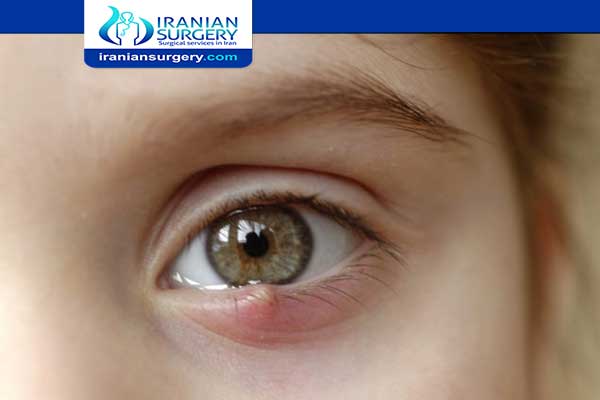Chalazion surgery scar

Chalazion surgery scar
A chalazion is a small bump in the eyelid caused by a blockage of a tiny oil gland. If a chalazion persists for more than one to two months, a surgical incision and drainage may be necessary. Surgery to treat a chalazion is an office procedure that takes about 15 to 20 minutes to perform.
The doctor injects a numbing agent into the eyelid and makes a small incision in the bump. The doctor then drains the fluid and removes the material collected within the nodule. Typically, no stitches are required. The eyelid may feel sore for a few days after the procedure.
Chalazion surgery is commonly performed from underneath the eyelid, so there is typically no scar. If a chalazion needs to be removed from the outside of the eyelid, you may have a small scar.
After surgery, your doctor may put a pressure patch on your eye and prescribe an antibiotic cream or eyedrops to be used for one week to prevent infection. You may take a shower and resume your usual activities immediately afterward.
Read more about Chalazion surgery unsuccessful
Read more about Chalazion Treatment in Iran
Chalazion treatment without surgery
A chalazion will often go away without treatment in a month or so.
- The first treatment is to place warm compresses over the eyelid for 10 to 15 minutes at least four times a day. Use lukewarm water (no hotter than you can leave your hand in comfortably). This may soften the hardened oils blocking the duct, and lead to drainage and healing.
- Do not push or squeeze the chalazion.
If the chalazion continues to get bigger, it may need to be removed with surgery. This is most often done from the inside of the eyelid to avoid a scar on the skin.
Steroid injection is another treatment option.
Read more about Chalazion surgery steps
Read more about Chalazion surgery aftercare
Possible Complications
Rarely, a chalazion will heal by itself but may leave a scar on the eyelid. This problem is more common after surgery to remove the chalazion, but is still rare. You may lose some eyelashes or you may have a small notch in the edge of the eyelid. The most common complication is a return of the problem.
Read more about Cat eye surgery
Read more about Gym after varicocele surgery
Read more about Best hospital in iran
Read more about Eye color change surgery cost
Read more about Lasik Eye Surgery In Iran
Read more about Cataract Surgery In Iran
Read more about Strabismus Surgery In Iran
Read more about Keratoconus Treatment In Iran
10 common question about chalazion surgery scar
[kkstarratings]

